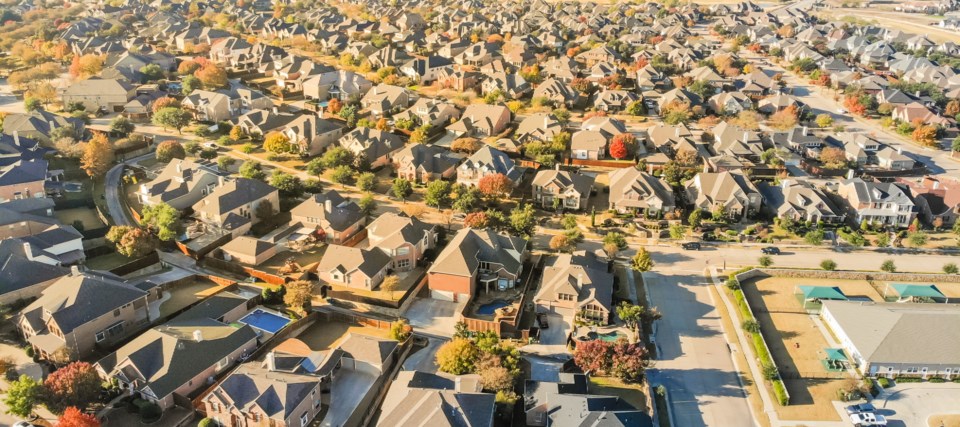In terms of your physical health, it’s clear that nothing good comes from contracting the COVID-19 virus. When it comes to the health of the housing market, however, the impact of the virus isn’t as obvious, as the pandemic has resulted in both pros and cons for home buyers and builders alike.
“The market has seen incredible increases since the pandemic started,” said David Brix, president of Terra View Custom Homes in Guelph. “We’re all sort of shocked at how strong the market is given we’re in a pandemic. You can’t sell homes fast enough. And you can’t build them fast enough either.”
One of the early trends in new home construction emerging from the pandemic is the rapidly rising demand for single-family homes. Brix suggests the market is being impacted by the move toward more people working from home.
“People are looking for larger homes realizing that they might have to spend self-isolation time in their dwelling or might have to work from home,” said Brix. “Having that additional home office and more interior space, and living in a single-family home with access to a backyard, is certainly driving the market. People want the security of a single-family house.”
While demand is driving the market, the COVID-19 pandemic is certainly driving the cost of construction, and not just for building materials. That’s bad news for new home buyers already struggling with the ever-increasing purchase price of property in hot real estate markets like Guelph.
“We’re clearly experiencing cost increases,” said Brix, whose company is a major builder of net-zero residential properties such as Guelph’s NiMa Trails condo project. “The pace of construction is slower because we can’t put more than one trade in a house at a time in order to maintain social distancing. Also, materials have been going up, especially lumber. On average it's adding $25,000 to the cost to build a house for just the lumber alone.”
Despite the spiralling construction costs, low-interest rates and an exodus of sellers cashing-in on their Toronto properties is starting to cause a ripple effect in other communities along the 401 corridor east and west of the GTA. While that may cause concern for people in smaller communities worried their idyllic little towns may soon be overrun, Brix says there could be positive effects for the environment.
“What I’m hearing from others in the market who are outside of major centres is, the pace of sales in smaller communities is also rising like crazy. People can’t afford Guelph, so they’re looking at Fergus or even farther afield than that. They shop until they can afford. And because more people are working from home, that longer commute isn’t as impactful as it used to be. From an environmental standpoint, with more people working from home, it certainly benefits the planet if we don’t have people zooming up the 401 and community three or four hours a day. Unless you’re a blue-collar worker having to stand there putting bolts on wheels, why wouldn’t you work using technology from home.”
If there is a negative trend emerging from the pandemic, Brix says it might be a move away from the smaller condo market that once fueled Toronto’s real estate boom.
“Many people are talking about the fact these micro-condos are becoming a really hard thing to sell. The market is really soft and the values have gone down 20 per cent because those who are trapped in them want out. You can live in a 600 square foot condo if you have amenities around you. If you’re on the 20th floor of a building that has now closed all the exercise rooms and party rooms and other facilities, you’re trapped inside your four walls. I wouldn’t want to be trying to sell a 600 square foot unit in the market we’re in right now.”
Visit Terra-View.com to learn more about their exciting communities.
